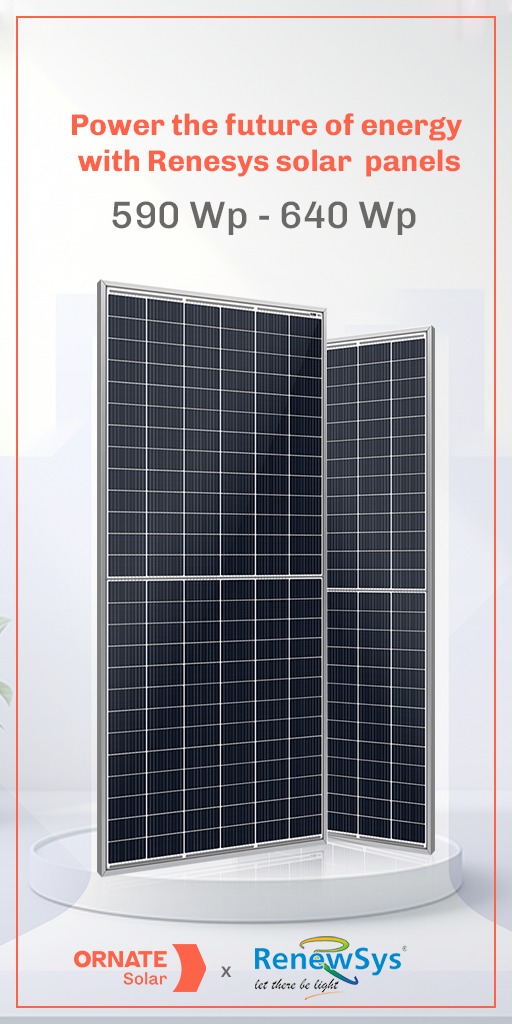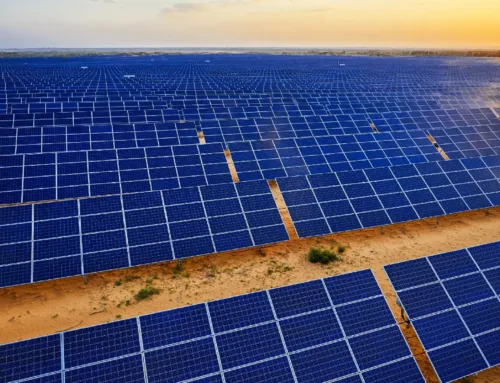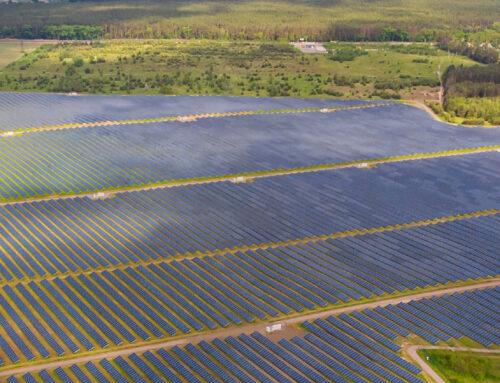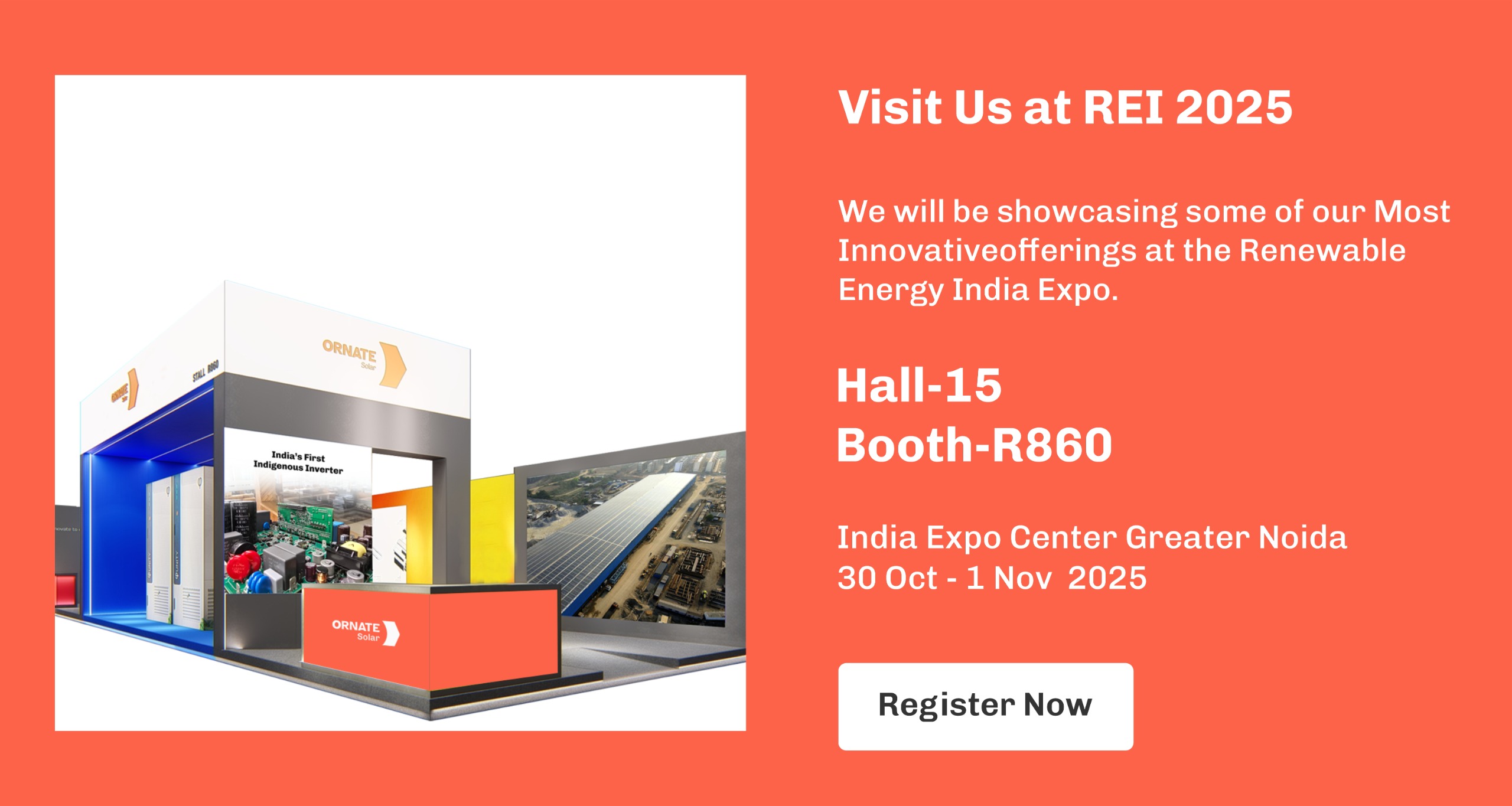
In the first quarter of 2022, Indian solar producers purchased 9.7 GW of solar modules and hoarded them ahead of the April 1 implementation of the Basic Customs Duty (BCD) on solar cells and modules. In comparison to 3.13 GW imported in Q1 2021, imports increased by 210 percent year on year.
Domestic module production capacity, according to many developers, has yet to ramp up. They claim that, in comparison to imported modules, domestic manufacture will take longer to reach quality and efficiency.
Stockpiling is being done to save money on module costs, which have climbed by 40% since BCD was implemented. China accounted for the majority of the exponential increase in cell and module imports. The top 20 Indian solar developers imported 4.2 GW of solar modules in March alone.
In March, the top five developers accounted for about 38% of all imports. Subscribing to Mercom’s India Solar Export-Import Tracker gives you access to a comprehensive list of exporters and importers.
During the quarter, the top providers included Canadian Solar, TRINA Solar, JA Solar, LONGi Solar, and Jinko Solar.
According to Mercom’s recently issued 2021 Q4 and Annual India Solar Market Update, the average cost of large-scale solar projects in the fourth quarter of 2021 (Q4 2021) was roughly $43 million ($566,008)/MW. The average cost grew by 21.6 percent from the same quarter last year, when it was $35.3 million ($488,255) per MW, and by 1% from the previous quarter, when it was $4.24 million ($559,828) per MW.
In comparison to the previous quarter, the average selling price (ASP) of polycrystalline modules from China climbed by 10%, according to the report. The ASP of Chinese mono PERC modules, on the other hand, grew by 1% from Q3 2021 to Q3 2022. With a 35 percent YoY growth in 2021, Chinese polycrystalline module ASPs will be the greatest in recent history.
Chinese module costs have risen for seven quarters in a row, a trend that has never been seen in the last ten years. In the five years prior to the pandemic, module prices had only witnessed an increase trend in two quarters. Chinese solar module prices are also anticipated to remain high through Q1 2022, according to solar module manufacturers.
The cost of Indian modules has also risen. In comparison to the previous quarter, the ASP of Indian polycrystalline modules climbed by 3%, and the ASP of Indian mono PERC modules increased by 1%. In order to construct their modules, Indian module manufacturers primarily use Chinese cells. It will be interesting to watch how much more expensive Indian modules can become in light of the 25% BCD on Chinese cell imports.
Click Here for more updates ornatesolar.com
Resource: Mercom India







Leave A Comment